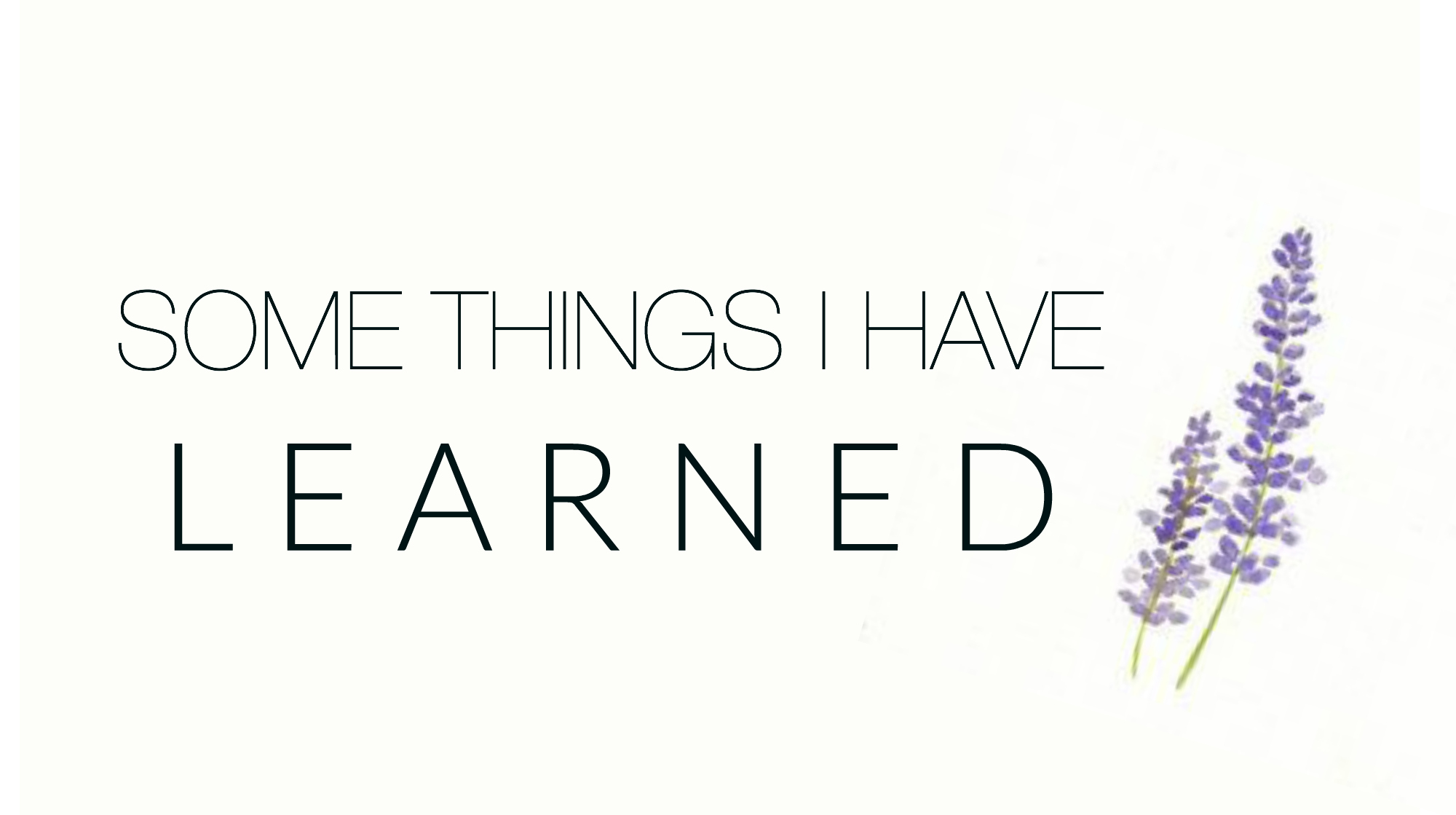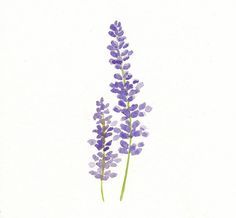this is a page for
Daily Archives: June 19, 2019
Recently my daughter had me help her cut some paper. This is the daughter who has Down syndrome. She was trying to cut out something from a magazine to tape it on a jar. I showed her how to cut around it and started the cutting for her. I watched her cut it and for the first time noticed her hand was in the way of her seeing what she was cutting.
It occurred to me that I had started cutting on the right side of the picture and she is left-handed. I have done this many times over the years and never once noticed that she couldn’t see what she was cutting because her hand was in the way. It explained all of the jagged edges and uneven cuts she always made. I had always wondered why she couldn’t cut anything out straight.
I stopped her and restarted the cut on the left side of the picture and she continue to cut around from that side. She cut evenly and smoothly, no jagged edges and no cutting in the wrong place. She’s 17 years old and has been using scissors since preschool and I just notice this.
Sometimes it’s really easy to see things only from my right-handed perspective. To just do something like I always do, or to think things through from my reference point. Often it’s easy for me to not notice what stops someone from doing a good job. Then I wonder why that person didn’t measure up. I wonder why they can’t cut out something without jagged edges. My right-handed perspective gets in the way.
Often I’m dealing with “left-handed people”. People who are different from me. Someone who methods and ways contrast from mine. His or her ways are just different from mine, not bad or worse. Sometimes it is easy to judge another as incompetent, or foolish or even incapable. When I do that it’s because I’m not making the effort to look at things from his or her perspective.
Usually telling someone to just do it the way I do it is not the answer. That often produces frustration and the previous results. If I really want to understand, I need to see things from the other person’s viewpoint. Looking at something as another sees it can be illuminating. Concentrating on another person’s skills and abilities and what they do well, can make a big difference. Trying to figure out what is stopping that person from being successful is helpful. And then taking the next step to figure out a way to help them succeed. Often it’s just little adjustments. Like switching sides of the paper when cutting.
Viewing something from another person’s perspective often helps me understand better, be less judgmental and more compassionate. When I do that I become a better parent, teacher, spouse and friend. When I step aside from a right-handed perspective to see through a left-handed view, I don’t have to wonder why someone didn’t measure up. That’s because the jagged edges and uneven cuts usually go away.
https://www.churchofjesuschrist.org/study/general-conference/2014/04/what-are-you-thinking?lang=eng
Share this:
- Click to share on Twitter (Opens in new window)
- Click to share on Reddit (Opens in new window)
- Click to share on LinkedIn (Opens in new window)
- Click to print (Opens in new window)
- Click to share on Facebook (Opens in new window)
- Click to share on Tumblr (Opens in new window)
- Click to share on Pinterest (Opens in new window)
- Click to email a link to a friend (Opens in new window)

